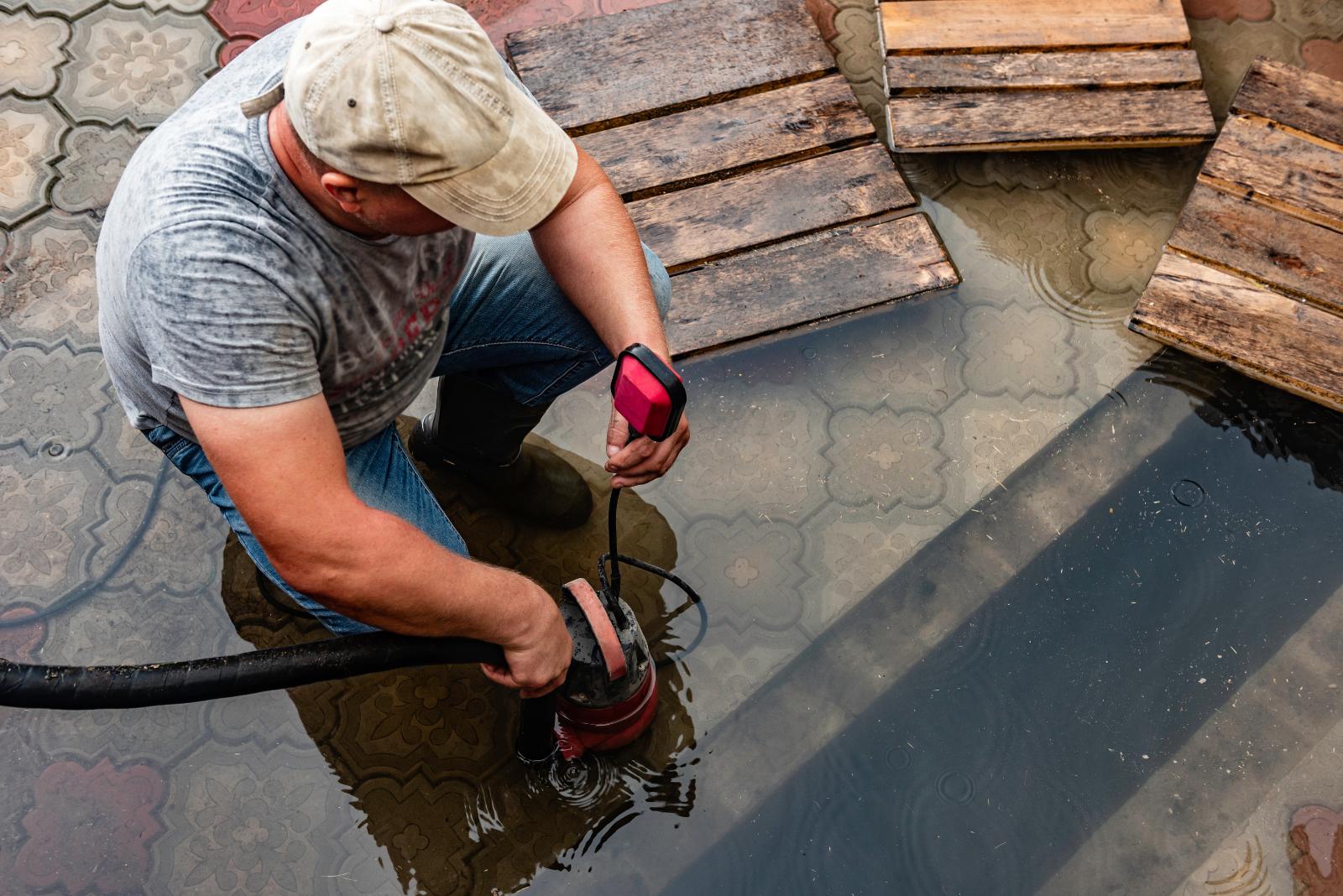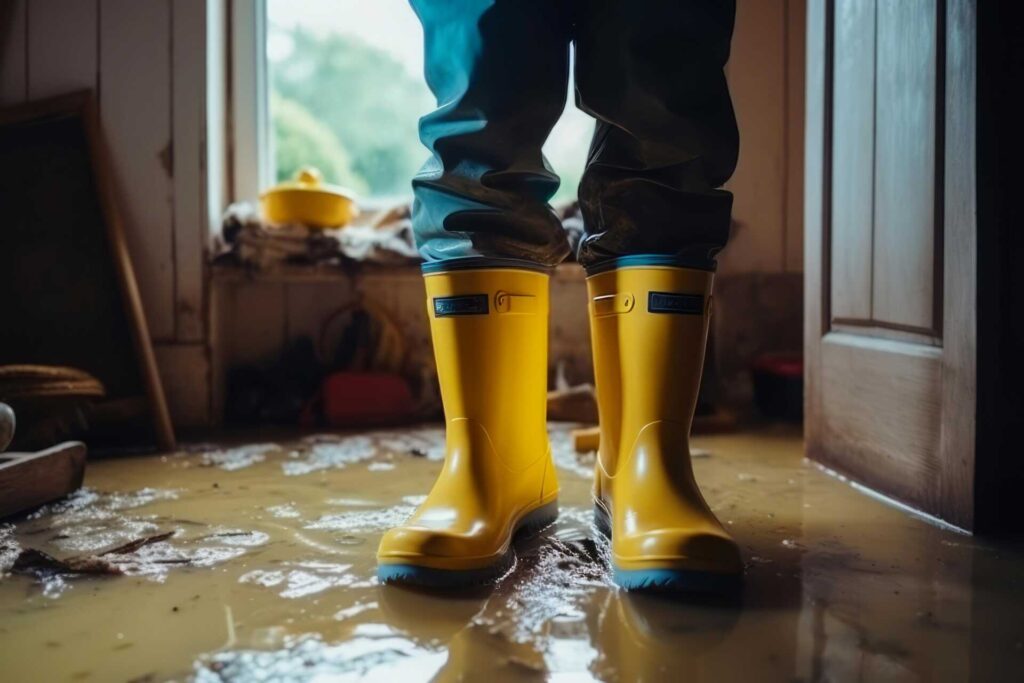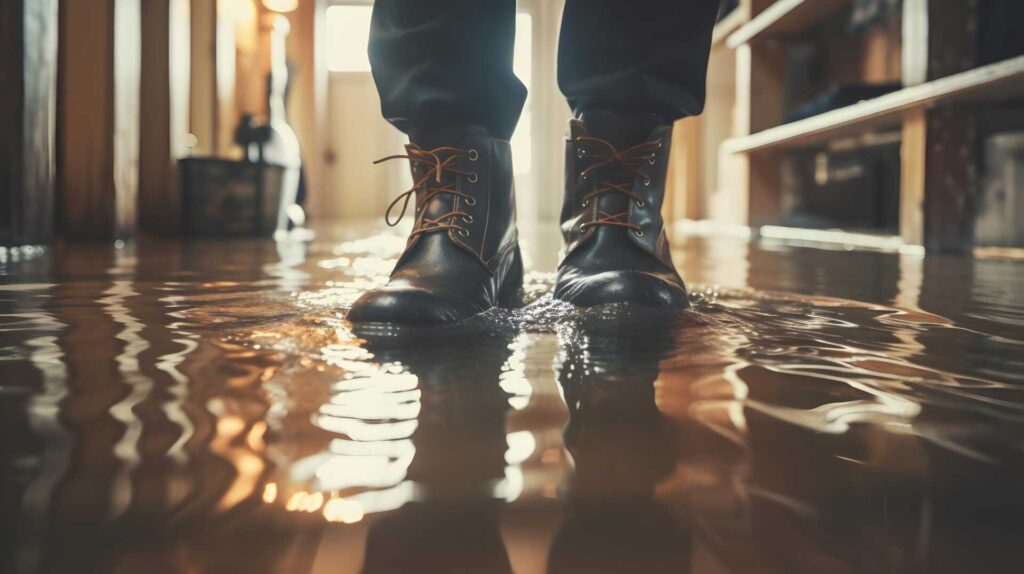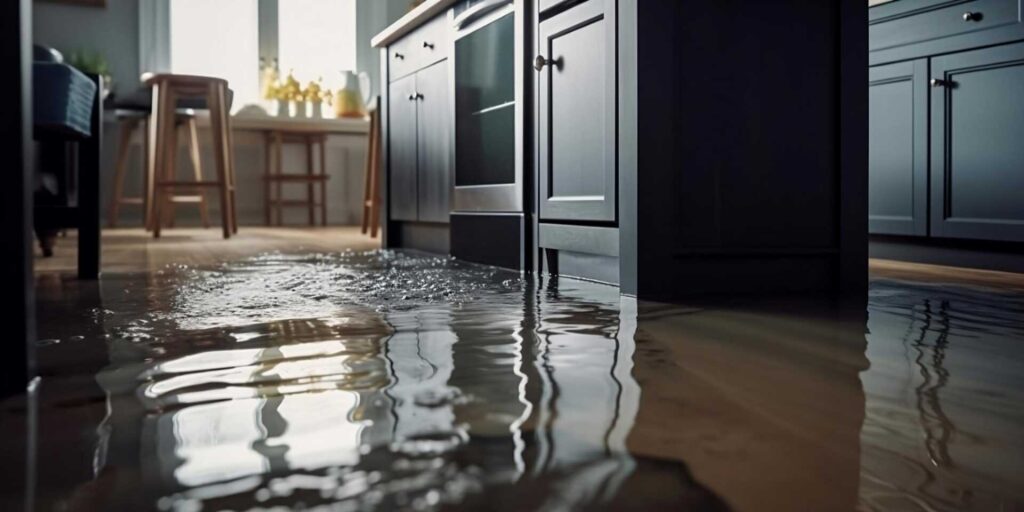Contents
You may not be aware that water damage can significantly impact the structural integrity of wooden buildings over time. You can safeguard your wooden structures from potential harm by implementing effective protection methods. From utilizing sealants and waterproofing products to ensuring proper drainage systems and conducting routine maintenance, there are various strategies at your disposal. Discover how these methods can shield your wooden components from water-related threats and prolong their lifespan.
Key Takeaways
- Sealants and waterproofing are applied to create a moisture barrier.
- Implement proper drainage systems to redirect excess water.
- Conduct regular inspections and maintenance to prevent water infiltration.
- Elevate the structure above ground level to minimize water damage.
- Use pressure-treated wood for enhanced resistance to moisture.
Sealants and Waterproofing
Applying sealants and waterproofing products is essential for protecting wooden structures from water damage and maintaining their integrity and longevity. Properly sealing wood helps create a barrier against moisture intrusion, preventing issues like rot, mold, and warping.
When it comes to drying techniques, ensuring that the wood is completely dry before applying sealants is crucial. Moisture barriers like sealants work by repelling water, stopping it from penetrating the wood and causing damage.
Exterior coatings play a significant role in shielding wood from the elements. These coatings act as a protective layer, safeguarding the wood from rain, snow, and UV rays. Wood preservatives are also vital for preventing decay and insect infestation, enhancing the wood’s resistance to moisture and prolonging its lifespan.
By regularly applying these products, you can significantly extend the durability of your wooden structures.
When selecting sealants and waterproofing products, opt for high-quality options specifically designed for wood. Follow the manufacturer’s instructions for proper application and maintenance.
It’s recommended to reapply sealants periodically to ensure continued protection. By investing in these preventative measures, you can safeguard your wooden structures against water damage and enjoy their beauty and functionality for years.
Proper Drainage Systems
Effective drainage systems are crucial for safeguarding wooden structures against water damage by redirecting excess moisture away from the wood. Proper drainage can prevent water from pooling around the foundation of your wooden structure, ultimately reducing the risk of water seepage and rot.
One key aspect of a good drainage system is the implementation of landscaping solutions that promote water flow away from the building. This can include grading the soil away from the foundation, installing French drains, or using dry wells to collect and disperse excess water.
In addition to landscaping solutions, it’s important to consider the foundation’s condition when addressing drainage issues. Any signs of foundation damage should be promptly addressed through repairs to ensure that water isn’t infiltrating the structure from below. Cracks in the foundation can provide an entry point for water, leading to potential structural damage and rot in the wooden components of the building.
Regular Inspections and Maintenance
Regular inspections and maintenance play a vital role in preserving the integrity of wooden structures and preventing water damage over time. By conducting regular roof inspections, you can identify any potential issues, such as loose or damaged shingles, cracked flashing, or clogged gutters, that could lead to water infiltration. Addressing these problems promptly can help prevent water from seeping into the structure and causing damage.
In addition to roof inspections, applying paint coatings can provide a protective barrier against moisture. Paint coatings act as a shield, preventing water from penetrating the wood and causing it to swell or rot. Make sure to inspect the paint coatings regularly for any signs of wear or peeling, as these areas may need to be recoated to maintain their effectiveness.
When conducting inspections, pay close attention to areas where water tends to accumulate, such as around windows, doors, and decks. These areas are particularly vulnerable to water damage and should be inspected regularly.
Elevating the Structure
Consider elevating the wooden structure to minimize the risk of water damage caused by flooding or excessive moisture in the surrounding environment. Elevating the structure involves designing a sturdy foundation that raises the building above the ground level. This method provides numerous benefits in safeguarding the wooden structure against water-related issues.
Foundation design is crucial in elevating a wooden structure. The foundation should be constructed using durable materials and designed to elevate the building to a sufficient height above the ground. This elevation helps prevent water from seeping into the structure during heavy rainfall or flooding, reducing the risk of water damage significantly. Proper foundation design also ensures the stability and longevity of the elevated structure.
In addition to foundation design, incorporating moisture barriers into the structure can enhance its protection against water damage. Moisture barriers, such as waterproof membranes or sealants, can be applied to the foundation and lower portions of the structure to prevent water intrusion. These barriers act as a shield, blocking moisture from penetrating the wooden elements and causing deterioration.
Using Pressure-Treated Wood
Utilizing pressure-treated wood is a fundamental strategy in fortifying wooden structures against water damage. Pressure-treated wood is infused with preservatives that make it resistant to moisture, rot, and insect damage, significantly prolonging its lifespan compared to untreated wood. When building or renovating wooden structures in areas prone to high humidity or frequent rainfall, using pressure-treated wood is crucial for ensuring the project’s longevity.
One of the primary advantages of using pressure-treated wood is its durability. This type of wood can withstand exposure to moisture without deteriorating quickly, making it an excellent choice for outdoor decks, fences, and other structures constantly exposed to the elements. While there are alternative materials available for water resistance, pressure-treated wood remains a popular choice due to its proven track record and cost-effectiveness.
In terms of environmental impact, pressure-treated wood has come under scrutiny for the chemicals used in the treatment process. However, advancements in treatment technologies have led to the development of more environmentally friendly options.
When considering the overall cost-effectiveness and longevity of pressure-treated wood, it remains a reliable choice for protecting wooden structures from water damage while meeting the needs of both budget-conscious homeowners and environmentally-conscious builders.
Wrap-Up
Safeguarding wooden structures from water damage requires a combination of sealants, proper drainage, inspections, elevation, and pressure-treated wood.
By implementing these methods, you can fortify your structures against moisture intrusion, mold, and rot.
Remember, prevention is key to preserving the integrity and longevity of your wooden components.
Stay vigilant and proactive in your maintenance efforts to ensure lasting protection against water-related woes.




